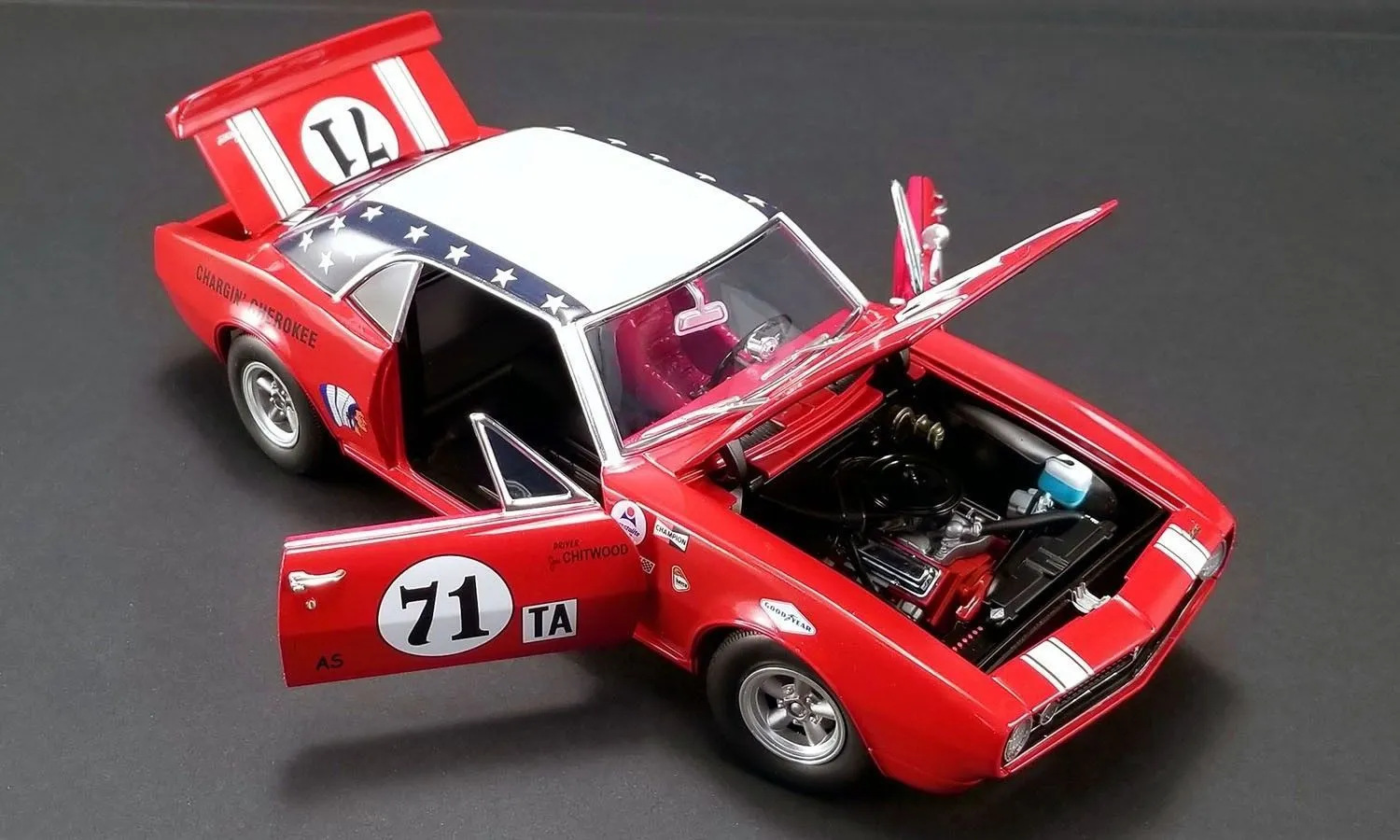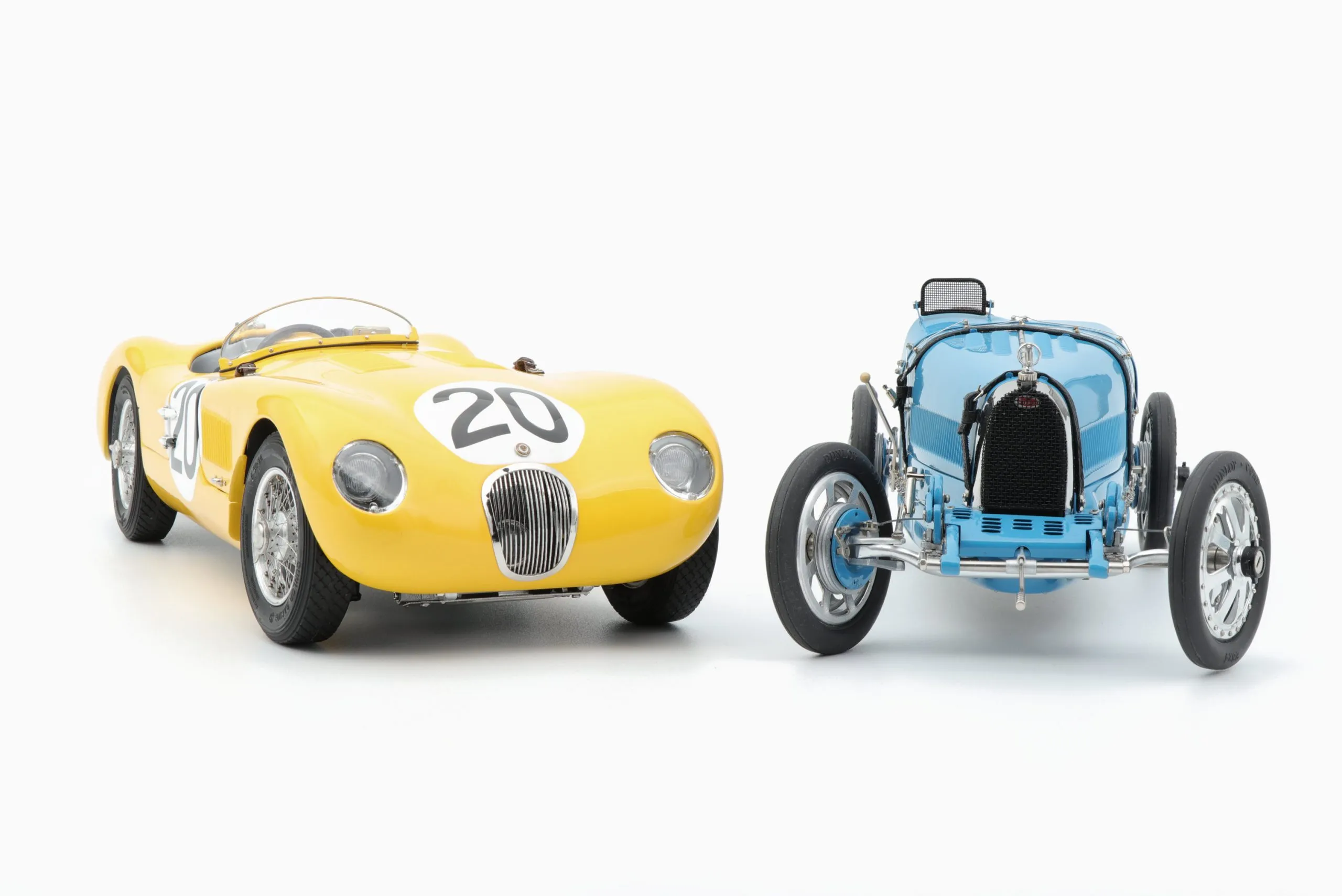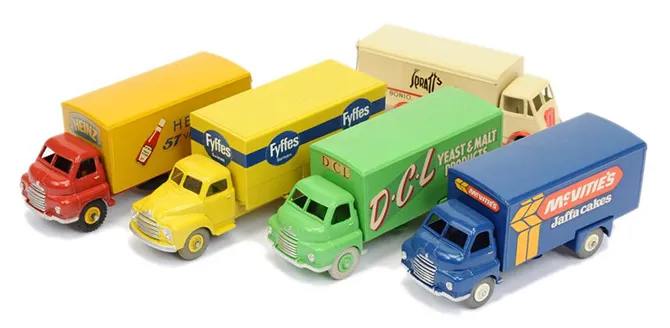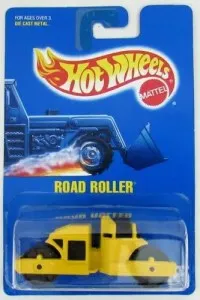What are Diecast Cars?
Diecast cars are miniature model vehicles made using a die-casting process. This involves injecting molten metal, typically zinc alloys, into molds to create detailed replicas of real-life automobiles. These models are not just toys; they’re collectible items, showcasing intricate designs and historical significance. Diecast cars come in various scales, from the tiny Hot Wheels to larger, more detailed models, making them a popular hobby for enthusiasts of all ages. The level of detail can range from simple representations to highly accurate reproductions, capturing the essence of the original vehicles. The appeal lies in their ability to combine artistry, engineering, and a passion for cars, offering a tangible link to automotive history and design.
The History of Diecast Cars
Early Origins

The history of diecast cars dates back to the early 20th century. The first diecast toys were created in the early 1900s, using lead and other metals. These early models were simple in design, but they laid the groundwork for the highly detailed models we see today. One of the earliest manufacturers was Dowst Manufacturing, which produced Tootsietoys in the United States. These toys were often used as promotional items, marking the beginning of diecast cars’ journey from simple playthings to collector’s items. The shift towards zinc alloys and improved manufacturing techniques marked a significant advancement, allowing for more detailed and durable models.
Evolution of Manufacturing
As manufacturing techniques improved, so did the quality and detail of diecast cars. The post-World War II era saw significant advancements, with companies like Dinky Toys in Britain and Corgi Toys emerging as major players. These manufacturers introduced innovations such as opening doors, detailed interiors, and working features like steering. The use of zinc alloys, which allowed for intricate designs, became widespread. The evolution of diecast car manufacturing is a testament to the continuous pursuit of realism and detail. The models began to reflect the changing automotive landscape, from classic cars of the 1950s to the sleek, modern vehicles of today, making the collection of these cars a historical archive in miniature.
Amazing Facts About Diecast Cars
Diecast Car Materials

The primary material used in diecast cars is typically a zinc alloy, often referred to as Zamak (Zinc, Aluminum, Magnesium, and Copper). This alloy is ideal for die-casting because it has a low melting point, allowing for intricate designs. It also provides durability and the ability to hold fine details. The production process involves injecting the molten alloy into steel molds under high pressure, enabling the creation of complex shapes. Other materials used include plastic for the interior, tires, and windows. The choice of materials significantly affects the look, feel, and value of the diecast car. Higher-end models might use more expensive materials, such as high-quality plastics and rubber for tires.
Scale and Proportion
Diecast cars come in various scales, with the most common being 1:18, 1:24, 1:43, and 1:64. The scale represents the ratio between the model’s size and the real car’s size. For instance, a 1:18 scale model is 1/18th the size of the actual car. This diversity in scale allows collectors to focus on specific sizes that fit their needs and display preferences. Scale affects the level of detail; larger scale models generally have more intricate features and details. However, even smaller scale models can achieve remarkable accuracy. The choice of scale is essential when starting a collection. It affects the display space required and the availability of specific models.
The Hobbyist Community
The diecast car community is vast and passionate, uniting enthusiasts from all over the globe. Collectors share their passion through online forums, social media groups, and dedicated events, providing a platform for exchanging knowledge, displaying collections, and buying or selling models. These gatherings offer opportunities for enthusiasts to connect with like-minded individuals. Many collectors specialize in specific brands, eras, or types of vehicles, fostering a sense of community around shared interests. The hobbyist community also supports the preservation of automotive history, as these models capture and celebrate iconic vehicles and designs.
Collecting & Value

Collecting diecast cars can be a rewarding hobby, offering both enjoyment and potential investment value. The value of a diecast car depends on several factors, including the model’s rarity, condition, and the manufacturer. Limited edition models or those with unique features often command higher prices. The condition of the car is critical; models in their original packaging are generally worth more. The market for diecast cars is dynamic, with values fluctuating based on collector demand and current trends. Many collectors view their collections as a form of investment, appreciating in value over time. Researching models and understanding market trends is important to building a valuable collection.
Caring for Your Collection
Proper care ensures that diecast cars stay in top condition, preserving their value and appearance. Displaying models in a dust-free environment is crucial. Exposure to sunlight can fade the paint and damage the model. Storing cars in their original packaging or display cases offers additional protection. Regular cleaning using a soft brush or cloth removes dust and dirt without scratching the paint. Avoiding extreme temperatures and humidity is also important to prevent corrosion or other damage. Careful handling and appropriate storage practices are essential for maintaining the integrity and beauty of diecast cars.
Where to Buy Diecast Cars?
Diecast cars are available through various channels, catering to different collecting preferences. Specialty hobby shops are a great place to find a wide selection of models, offering expert advice and a chance to examine the models in person. Online retailers provide a vast selection. Auction sites such as eBay and specialized collector forums provide access to rare and vintage models. Car shows, swap meets, and collector events are excellent opportunities to find unique pieces and connect with other enthusiasts. The choice of where to buy depends on the collector’s preferences, budget, and the specific models sought.
Conclusion

Diecast cars represent more than just toys; they are a vibrant hobby combining history, art, and a passion for automobiles. From their humble beginnings to their current status as sought-after collectibles, diecast cars have captivated enthusiasts. With a wide range of models available, from classic cars to modern marvels, there’s something for every collector. Whether you’re a seasoned collector or just starting, the world of diecast cars offers endless possibilities. These miniature vehicles provide a tangible link to automotive history, making them a fascinating and rewarding pursuit.
